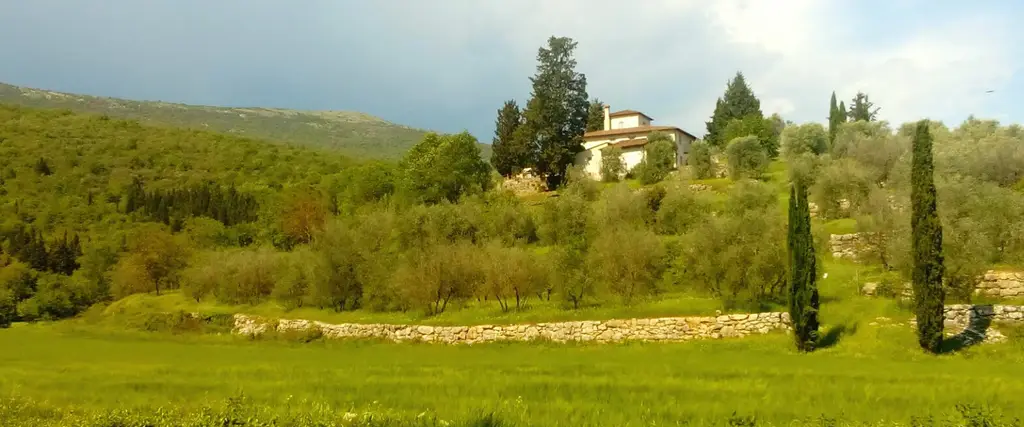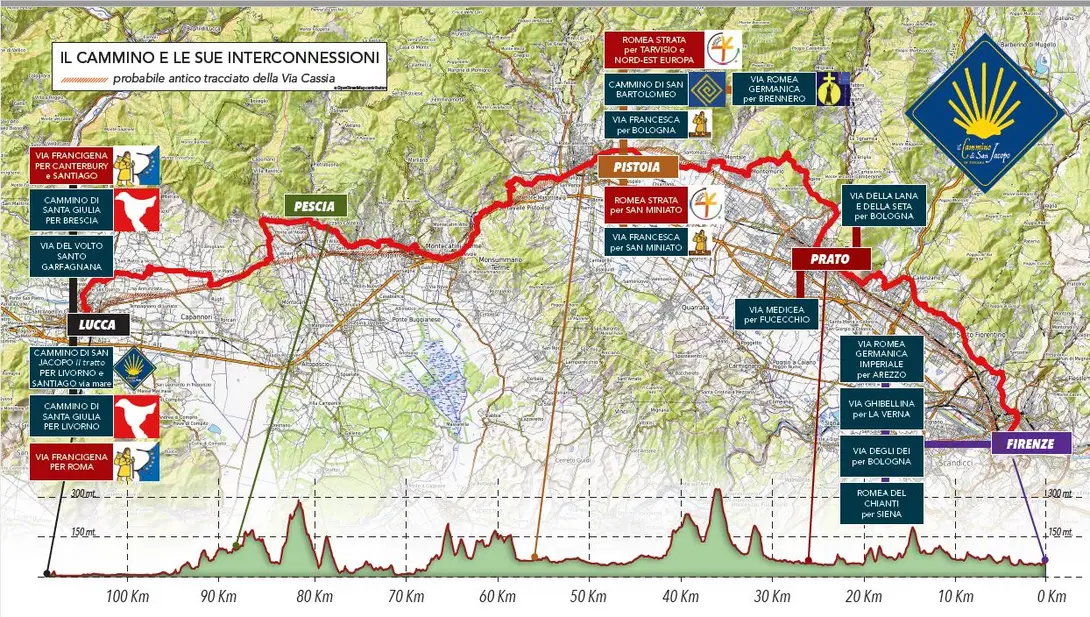
The places
Stages
Piazza della Signoria
P.za della Signoria, 50122 Firenze FI, Italia
Villa Medicea La Petraia
Via della Petraia, 40, 50141 Firenze FI, Italia
Tomba etrusca della Montagnola
Via Fratelli Rosselli, 95, 50019 Comune di Sesto Fiorentino FI, Italia
Castello di Calenzano
Via dell'Oriolo, 50041 Calenzano FI, Italia
Duomo di Prato
Piazza del Duomo, 59100 Prato PO, Italia
Rocca di Montemurlo
Piazza Castello, 6, 59013 Montemurlo PO, Italia
Abbazia di San Salvatore in Agna
Via Giovanni Boccaccio, 20, 51037 Montale PT, Italia
Duomo di Pistoia
Piazza del Duomo, 51100 Pistoia PT, Italia
Rocca di Castruccio
51030 Serravalle Pistoiese PT, Italia
Parco delle Terme
Parco delle Terme, Viale dei Salici, 69, 51016 Montecatini Terme PT, Italia
Collodi
Borgo della Vittoria, 1, 51017 Pescia PT, Italia
Villa Mansi
Via delle Selvette, 259, 55012 Capannori LU, Italia
Duomo di Lucca
Piazza Antelminelli, 55100 Lucca LU, Italia
